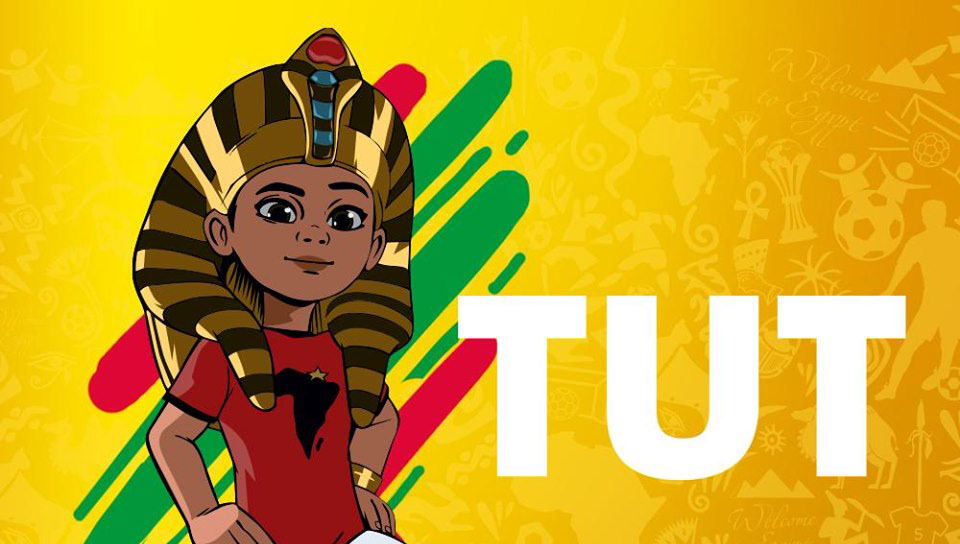The 2019 African Cup of Nations takes place in Egypt from 21 June to 19 July, featuring 24 teams for the first time in history. The Cult of Calcio is ready to follow the event in its “Jewels of The Nile” column, with contributions from local football fans and journalists. Here Egypt’s Mohamed Ezzat gives his take on the tournament’s mascot Tut.
***
On May 19th, the Local Organizing Committee of the upcoming Africa Cup of Nations unveiled the official mascot of the tournament – a footballer Pharaoh named Tut.
Mohamed Fadel, the Director of the AFCON Organizing Committee, revealed the details of the work and the production process for the image of the competition to be held in Egypt between June 21st, and July 19th. Fadel remarked how the tight time was a big challenge for Egypt on all fronts, and choosing a mascot made no exception.
“When we started to work, we had a large number of tasks and a short time to complete them,” he said. He also explained that “we worked in parallel between the development, the preparation of the stadiums and hotels, the volunteers, the draw ceremony, marketing, sponsorship, tickets, broadcasting, as well as security plans. This is the largest championship in the history of the continent, which will see the participation of 24 teams.”
“Certainly,” Fadel went on to say, “the mascot was one of the most important aspects, because it is the tournament’s face.“
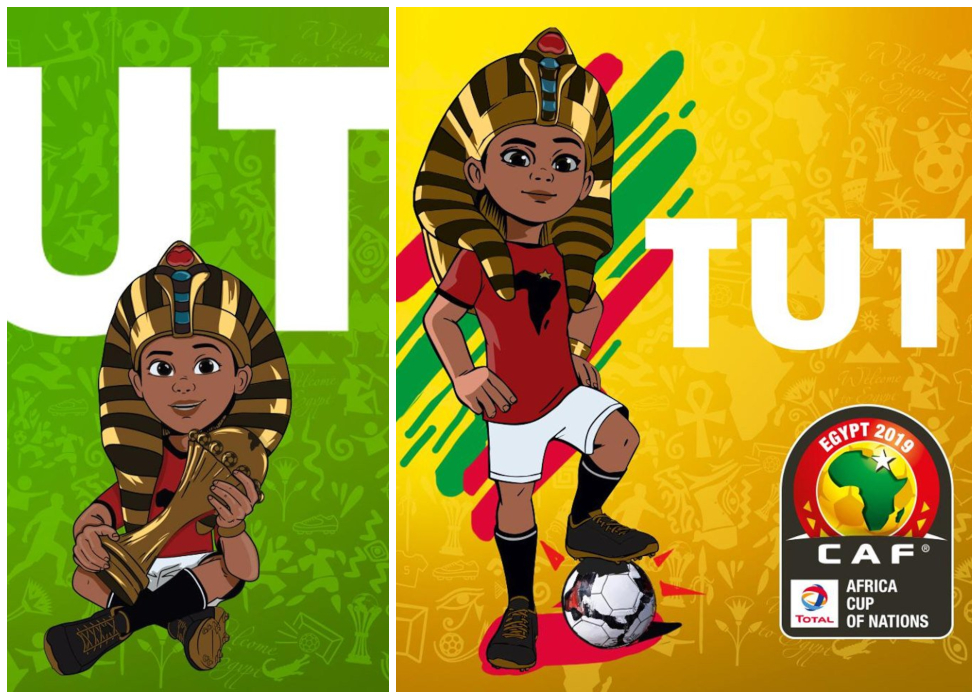
The LOC Director also revealed that Tut’s concept came from an Egyptian company that did not receive any compensation for their work, whereas the production was delegated to the same English agency that created the mascots for the 2018 World Cup and the upcoming European Championship.
“Creating the best possible mascot was a priority for the Organizing Committee, as we wanted to give a wonderful, exhilarating, and festive picture of Egypt during the tournament. The company worked hard to create it in a record time and in a professional way, and deserves our thanks and praises.“
Fadel also added more about the character of Tut: “He is an Egyptian child who loves football. We wanted his appearance to reflect the true Egyptian identity, so that he would look exactly like us. Tut is a young hero that represents a new generation, and gives us hope in the future,” because “one of the most important goals of the Organizing Committee is to shape a beautiful future, by developing infrastructure and stadiums that will benefit us for many years to come.”
“We are also working on presenting an official song for the tournament in three languages: Arabic, English and French,” he added, concluding that “we still have a lot of work, and little time left, but we are all confident in our ability to succeed.“
Now – as an Egyptian myself, I would argue that this is all nice and good, but wouldn’t have been better to invest a little bit more in the mascot design, and come up with a more original idea? Tut’s image somehow looked familiar to me, and after a short trip down memory lane I remembered where I saw him before.
In 1997, Egypt hosted an edition of the Under 17 World Cup which featured such future big names as Ronaldinho Gaucho. If we look at the mascot for the tournament, whose name by incidence was also “Tut,” look what we find: Does the boy king below ring any bell?
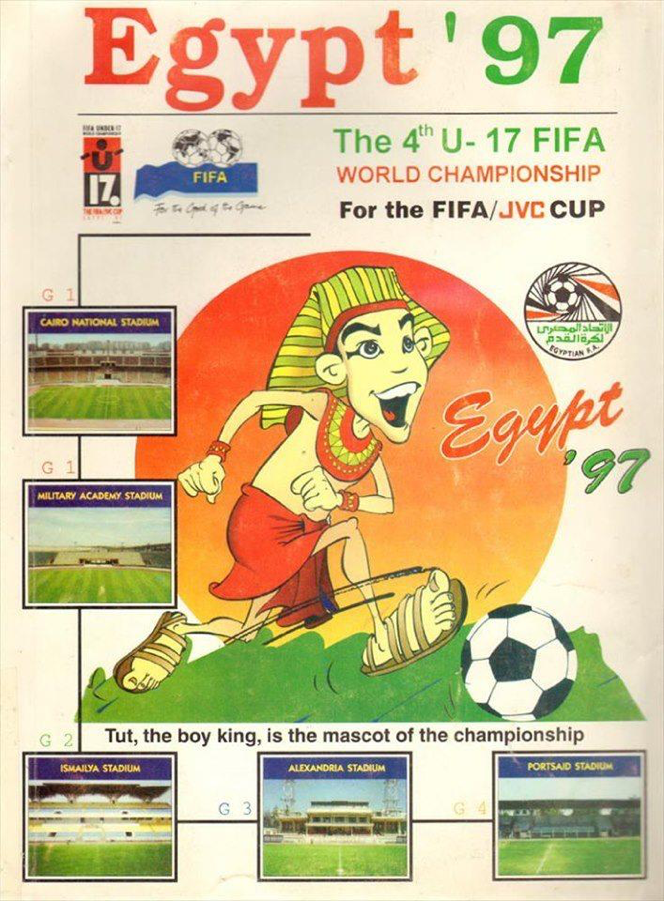
Indeed, Modern Tut seems to have a slightly darker skin, and surely evolved from playing football with only sandals and in his bare chest – as he now wears some proper football shoes, and a t-shirt bearing the colors of Egypt.
But while Old Tut’s face bore a clear resemblance to the Pharaohs, his modern counterpart’s seems to have been just purchased from any 3D images stock agency. What’s more – sending the Pharaoh kid’s image to England for production, seems to have turned him into an upgraded version of the Euro 2016 mascot, with just some slight changes in the colors. Look, and judge yourself:
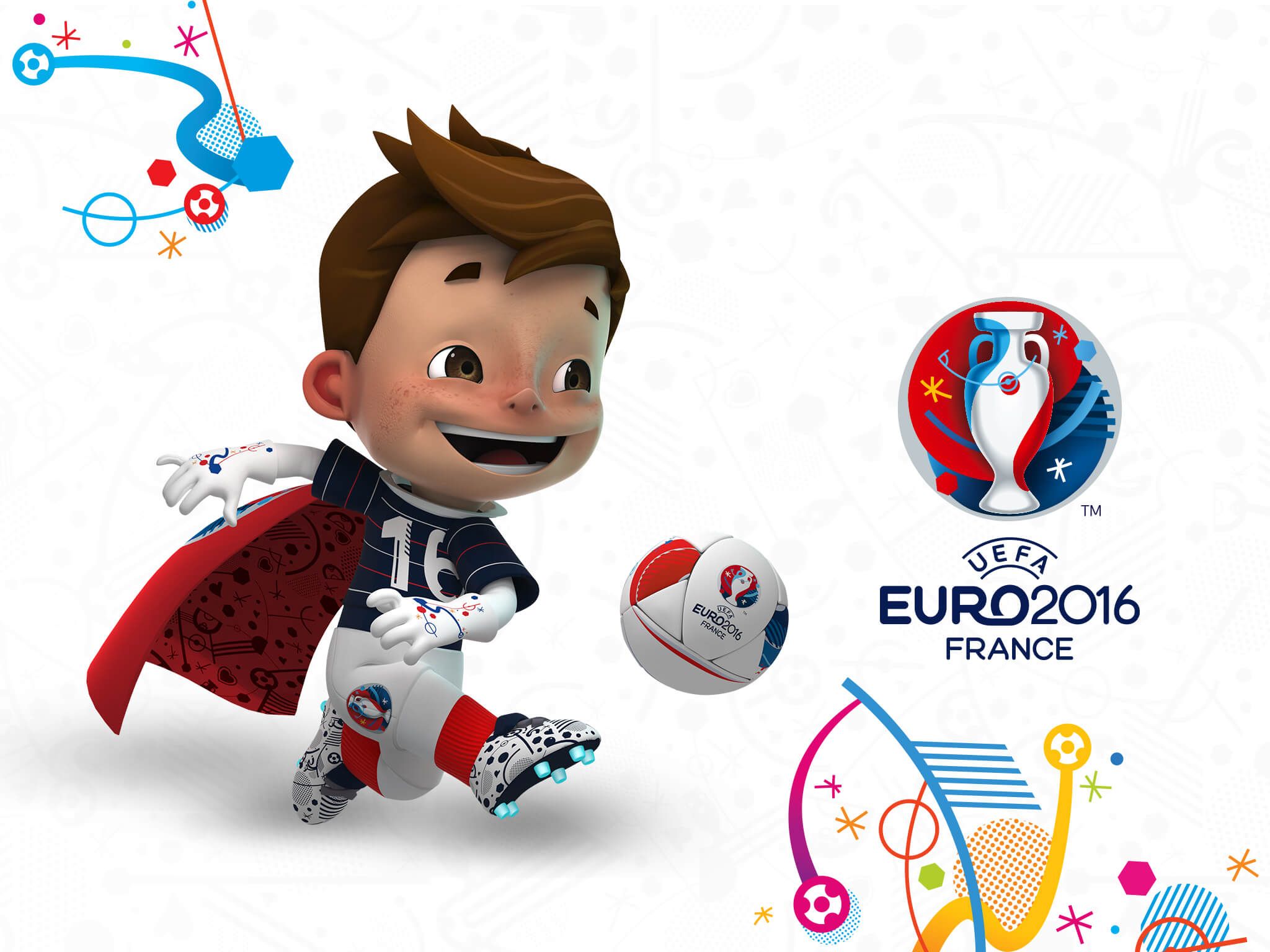
It would seem that being creative and original with our mascots doesn’t come natural to us on the Nile banks. Take a quick look at the official mascot that represented the Egyptian National Team during World Cup 2018 in Russia:
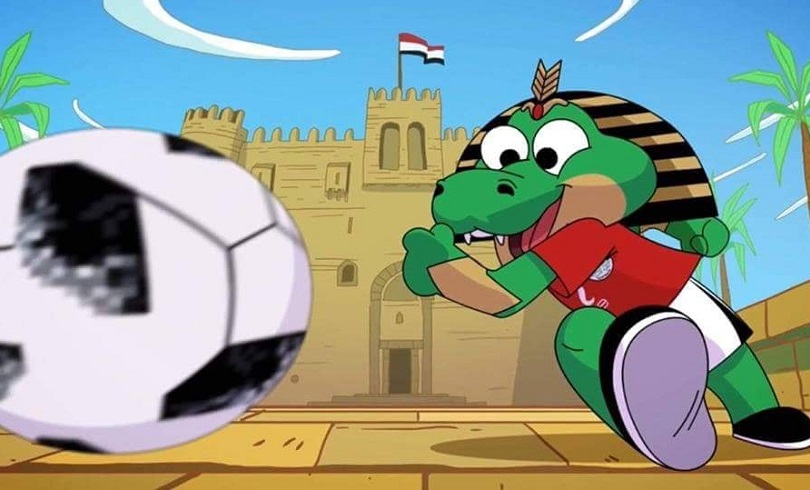
This one is also familiar, I would say…but mostly to Germans kids who grew up watching Schnappi Das Kleine Krokodil:
But what do you people think? Is a tournament mascot that important, or nothing relevant after all? I personally find it a very significant part of a competition’s identity, and thus deserving some hard planning, and a clear story behind it.
Let us know what you think and what are your thoughts in the comments!

